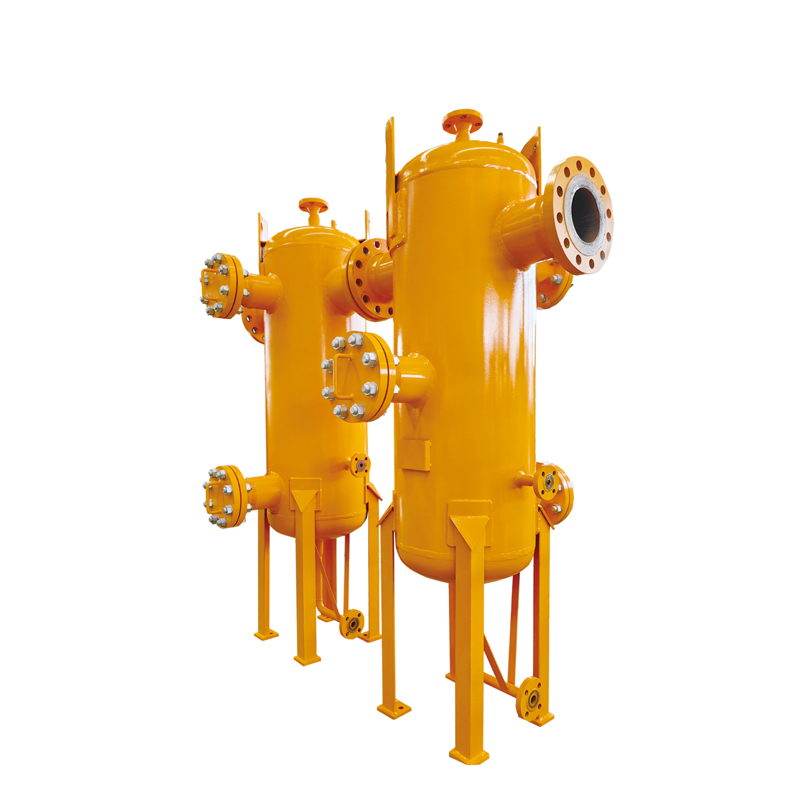
Nov . 18, 2024 23:20
Back to list
electric auxiliary heater
Electric Auxiliary Heater A Comprehensive Overview
As global temperatures fluctuate and energy efficiency becomes a crucial consideration, many individuals and businesses are exploring various heating options to maintain comfort and sustainability. Among these options, the electric auxiliary heater has gained popularity as a versatile and effective solution for supplemental heating needs. This article will delve into the functionalities, benefits, and considerations of electric auxiliary heaters, providing a comprehensive overview for potential users.
What is an Electric Auxiliary Heater?
An electric auxiliary heater is a supplemental heating device designed to provide additional warmth in spaces, particularly during the colder months. Unlike primary heating systems such as central heating or furnaces, auxiliary heaters are often used to complement existing heating solutions, addressing specific areas of a home or building that may require extra warmth. These heaters can operate independently or in conjunction with the primary heating system, making them a flexible option for varying heating demands.
How Does It Work?
Electric auxiliary heaters typically use electric resistance coils to generate heat. When electricity passes through these coils, they heat up and radiate warmth into the surrounding air, effectively raising the temperature in the desired space. Some auxiliary heaters come equipped with fans to help distribute the warm air more evenly, enhancing their efficiency.
In homes equipped with heat pump systems, electric auxiliary heaters are especially valuable. When the outdoor temperature drops significantly, a heat pump may struggle to extract enough heat from the air. In such cases, the electric auxiliary heater can kick in, providing the necessary warmth to keep indoor conditions comfortable.
Benefits of Electric Auxiliary Heaters
1. Supplemental Heating One of the primary advantages of electric auxiliary heaters is their ability to provide supplemental heating. They are especially useful in rooms that are poorly insulated or have large windows, where heat loss is significant.
2. Energy Efficiency Many modern electric auxiliary heaters are designed with energy efficiency in mind. When used strategically, they can help reduce energy consumption and lower heating bills, particularly when used in conjunction with a primary heating system.
3. Ease of Use Electric auxiliary heaters are typically easy to install and operate. Most models come with straightforward controls, and many are portable, allowing users to move them from room to room as needed.
electric auxiliary heater

4. Safety Features Safety is a crucial consideration when using any heating appliance. Many electric auxiliary heaters are equipped with safety features such as tip-over switches, overheat protection, and automatic shut-off mechanisms to reduce the risk of accidents.
5. Environmentally Friendly Options Electric auxiliary heaters can be a more environmentally friendly choice compared to fossil-fuel-based heating solutions. As energy generation increasingly shifts towards renewable sources, using electricity from wind or solar power makes electric heaters a sustainable choice.
Considerations When Using Electric Auxiliary Heaters
While electric auxiliary heaters offer many benefits, there are several considerations to keep in mind
1. Energy Costs While these heaters can be efficient, they may still contribute to higher energy bills if used excessively. Users should balance their use with energy budgets and consider using timers or smart thermostats to optimize performance.
2. Heating Area It's important to choose the right size and capacity for the electric auxiliary heater based on the area that needs heating. Undersized units may struggle to provide adequate warmth, while oversized units can lead to unnecessary energy consumption.
3. Safety Precautions Users should always adhere to safety guidelines, ensuring the heater is placed on a stable surface and away from flammable materials. Regular maintenance and cleaning are also important to ensure safe operation.
4. Auxiliary Use These heaters are best used as auxiliary heating options rather than primary sources of heat. Relying solely on an electric auxiliary heater may not be sufficient in extremely cold conditions.
Conclusion
Electric auxiliary heaters are a valuable asset for anyone seeking additional warmth during colder months. Their energy efficiency, ease of use, and safety features make them an attractive option for supplemental heating. However, users should carefully consider their heating needs and use these heaters responsibly to maximize benefits while keeping energy costs in check. Whether for a home or a business, electric auxiliary heaters can provide comfort and convenience, helping to create a warm and inviting indoor environment.
Next:
Latest news
-
Safety Valve Spring-Loaded Design Overpressure ProtectionNewsJul.25,2025
-
Precision Voltage Regulator AC5 Accuracy Grade PerformanceNewsJul.25,2025
-
Natural Gas Pressure Regulating Skid Industrial Pipeline ApplicationsNewsJul.25,2025
-
Natural Gas Filter Stainless Steel Mesh Element DesignNewsJul.25,2025
-
Gas Pressure Regulator Valve Direct-Acting Spring-Loaded DesignNewsJul.25,2025
-
Decompression Equipment Multi-Stage Heat Exchange System DesignNewsJul.25,2025

